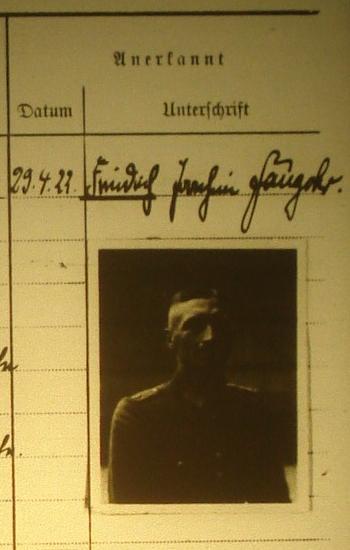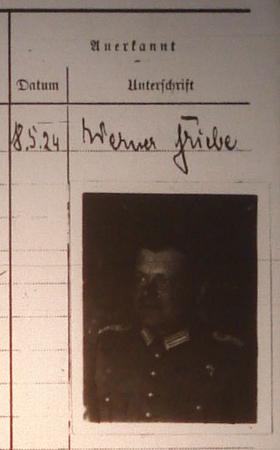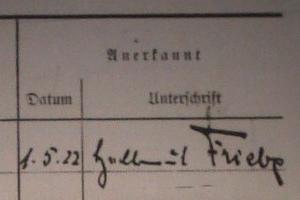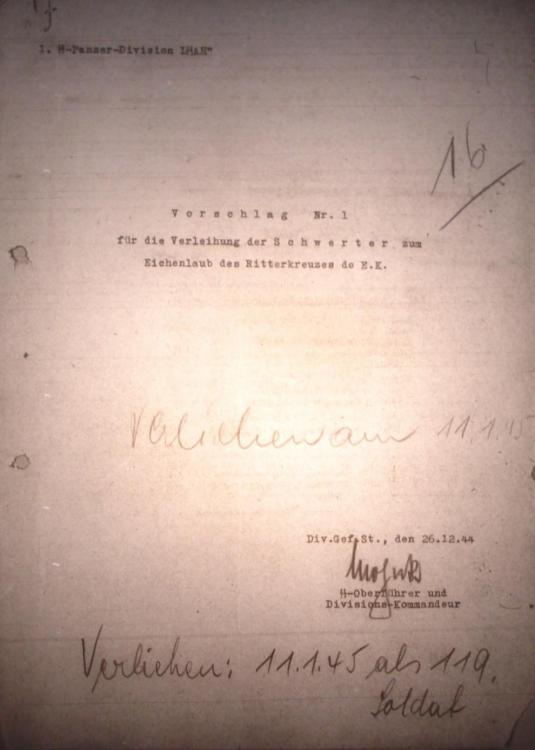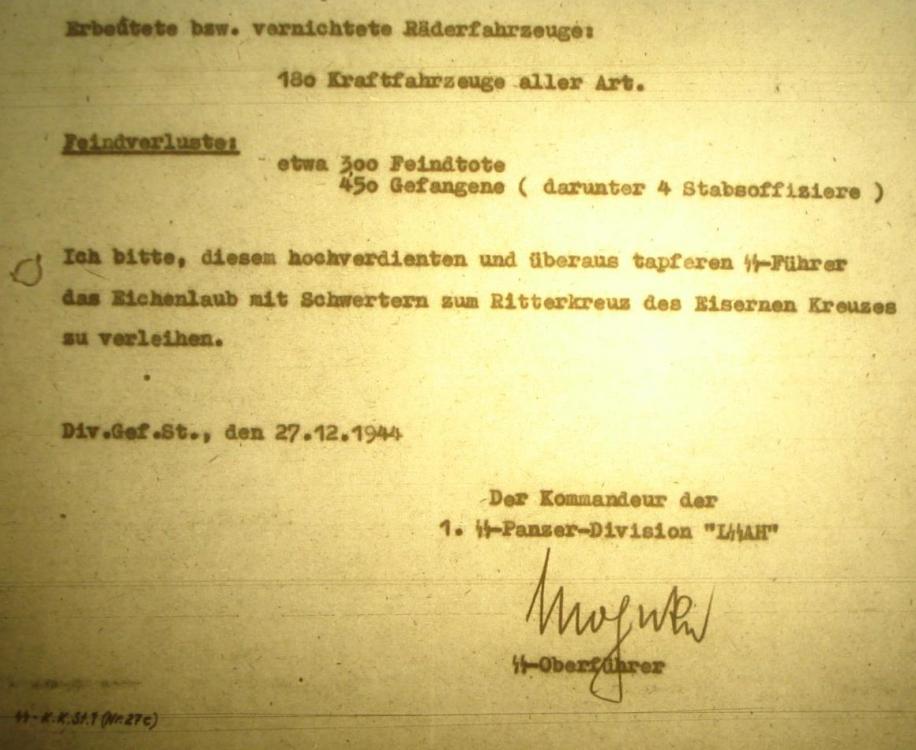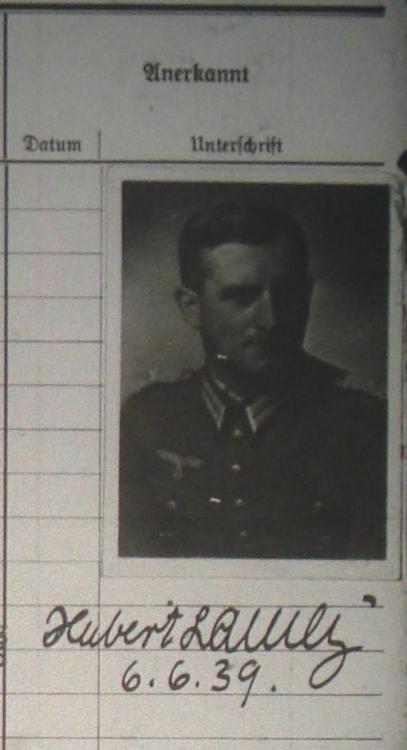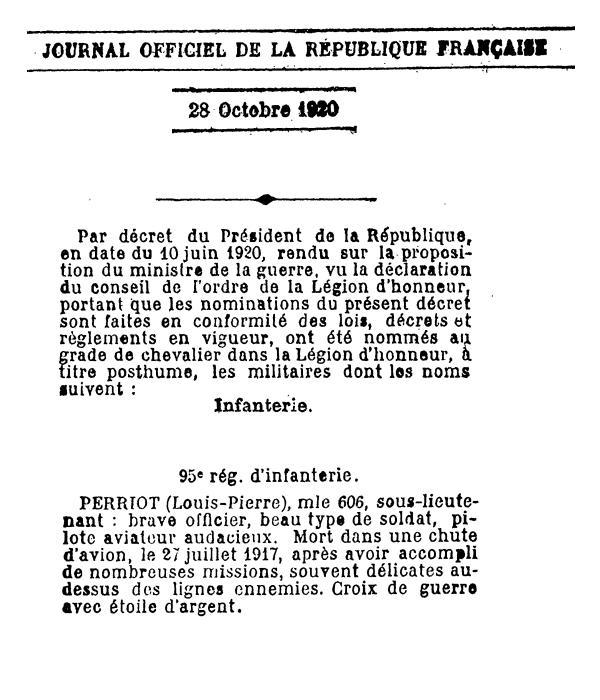-
Posts
4,908 -
Joined
-
Last visited
-
Days Won
97
Content Type
Profiles
Forums
Blogs
Gallery
Events
Store
Everything posted by Dave Danner
-
Fangohr, Friedrich Joachim * 12.08.1899 in Hannover † 17.04.1956 in München 01.04.1939 Oberstleutnant i.G. 01.02.1942 Oberst i.G. 01.02.1943 Generalmajor 01.02.1944 Generalleutnant 16.03.1945 General der Infanterie 12.10.1937-04.02.1940 Ia, 13. Division bzw. 13. Infanterie-Division 08.02.1940-14.02.1941 Ia, XXXXI. Armeekorps 15.02.1941-15.07.1942 Chef des Generalstabes, LVII. Panzerkorps 16.07.1942-15.06.1944 Chef des Generalstabes, 4. Panzerarmee 25.08.1944-19.01.1945 Kommandeur, 122. Infanterie-Division 20.01.1945-16.03.1945 mit der Führung beauftragt, I. Armeekorps 16.03.1945-22.04.1945 Kommandierender General, I. Armeekorps 27.03.1942 Deutsches Kreuz in Gold 09.06.1944 Ritterkreuz des Eisernen Kreuzes
- 1 reply
-
1
-
Feuchtinger, Edgar Franz Robert * 09.11.1894 in Metz † 21.01.1960 in Berlin 01.08.1938 Oberstleutnant 01.08.1941 Oberst 01.08.1943 Generalmajor 20.08.1944 Generalleutnant (RDA 01.08.1944) 26.08.1939-15.08.1942 Kommandeur, Artillerie-Regiment 227 24.11.1942-21.01.1943 Kommandeur, Gepanzerte Artillerie-Brigade (Sfl.) 22.02.1943-05.05.1946 Kommandeur, Verstärkte Schnelle-Brigade West 06.05.1943-26.06.1943 Kommandeur, Schnelle-Division West 27.06.1943-05.01.1945 Kommandeur, 21. Panzer-Division 01.08.1943 Deutsches Kreuz in Silber 06.08.1944 Ritterkreuz des Eisernen Kreuzes Not the best signature example, but a placeholder until someone can provide another.
-

Heer Balck, Hermann
Dave Danner replied to hucks216's topic in Germany: All Eras: Signature Database
From Edgar Feuchtinger's personnel file. Only a few weeks after the examples above, so not much difference in signature. -
-
I don't have the best quality example, but since we have his brother Hellmut, here is Generalmajor Werner Friebe. * 12.07.1897 in Droschkau, Namslau † 08.03.1962 in Stuttgart 01.06.1938-06.01.1941 Ia, 20. Infanterie-Division (mot) 07.01.1941-22.06.1942 Chef des Generalstabes, XXXXVIII. Armeekorps 22.06.1942-21.11.1942 Chef des Generalstabes, XXXXVIII. Panzerkorps 01.04.1944-17.07.1944 Kommandeur, 8. Panzer-Division 01.09.1944-08.05.1945 Chef des Generalstabes, stellv. III. Armeekorps und Wehrkreis III 01.04.1939 Oberstleutnant i.G. (RDA 01.10.1938) 01.10.1941 Oberst i.G. 01.06.1944 Generalmajor 30.05.1942 Deutsches Kreuz in Gold 21.04.1944 Ritterkreuz des Eisernen Kreuzes
-

heer Friebe, Helmut
Dave Danner replied to hucks216's topic in Germany: All Eras: Signature Database
Here is an earlier example from his personnel file: While a number of sources, including his 1944 Beurteilung, spell his name with one "L", as you can see by his signature, his given name was Hellmut. -
The combination of Imperial and World War I awards matches Emil Becker, who was a Major in FAR 14 in 1914 and later commanded FAR 92 and Arko 75. However, the World War II awards are questionable, given what you both note. Also, Oberst a.D. Becker was born in 1868, so he seems a bit old to be a combat officer and qualify for the EK2 Spange. Seventy-plus is a bit old for a d.R. or z.V. officer, even in Wehrersatzwesen, much less at the front.
-
Sinnhuber, Johann * 27.03.1887 auf Gut Wilkoschen † 23.10.1974 in Augsburg 01.04.1939 Generalmajor 01.04.1941 Generalleutnant 01.10.1943 General der Artillerie Wartime commands: 01.03.1938-xx.05.1940 Artillerie-Kommandeur 18 21.05.1940-01.12.1941 28. Infanterie-Division 01.12.1941-01.07.1942 28. leichte Infanterie-Division 01.07.1942-01.05.1943 28. Jäger-Division 10.07.1943-01.09.1944 LXXXII. Armeekorps 01.04.1945-18.04.1945 Verteidigungsbereich Hamburg-Bremen 05.07.1941 Ritterkreuz des Eisernen Kreuzes 27.08.1942 Deutsches Kreuz in Gold
-
Mohnke, Wilhelm * 15.03.1911 in Lübeck † 06.08.2001 in Damp SS-Brigadeführer und Generalmajor der Waffen-SS Wartime commands: 2. SS-Panzergrenadier-Regiment "Hitlerjugend" (later renamed SS-Panzer-Grenadier-Regiment 26) 1. SS-Panzer-Division Leibstandarte SS Adolf Hitler 11.07.1944 Ritterkreuz des Eisernen Kreuzes Signature examples from Joachim Peiper's personnel file:
-
Lamey, Hubert August Maria Ulrich * 30.10.1896 in Mannheim † 07.04.1981 In some sources (including various documents in his personnel file), he is listed as "Hubertus". 01.06.1938 Oberstleutnant 01.07.1941 Oberst 20.10.1944 Generalmajor Wartime commands: Infanterie-Regiment 328 / Grenadier-Regiment 328 21.Infanterie-Division 28.Jäger-Division 118. Jäger-Division 28.07.1943 Deutsches Kreuz in Gold 12.02.1944 Ritterkreuz des Eisernen Kreuzes
-
Prior to the war, Erbse was a praktischer Arzt in Mitwitz in Oberfranken, Bavaria. Erbse was awarded the Ehrenkreuz 3. Klasse mit Schwertern on 26.1.1917. It was awarded for his service as a Stabsarzt d.R. in III./7.bay.IR and as Regimentsarzt of the 7.bay.IR in the early months of the war. It was not an upgrade to a prewar Ehrenkreuz. He also received the Iron Cross for his service at the front in 1914. These were both combatant awards. The non-combatant König Ludwig Cross was awarded for his service in Reserve-Lazarett Bayreuth I from 1915 to 1917. In April 1917, apparently in recognition of the fact that he had been decorated for his service at the front by both Prussia and Schwarzburg-Rudolstadt, but not by Bavaria, the Bavarian authorities approved the Military Merit Order 4th Class with Swords. He returned to the front later in 1917 with the 21.bay.IR, whose Inhaber was the Grand Duke of Mecklenburg-Schwerin. This is why he received the MMV2. For some states, post-war awards are not uncommon, but this is not true for Schwarzburg. The last awards were made in November 1918. The princely house of Schwarzburg was extinct before this bar was made.
-
RAO2EXXRs2 is the Roter-Adlerorden 2. Klasse mit Eichenlaube und Schwertern und Schwertern am Ringe am zweimal schwarz- und dreimal weiß-gestreiften Bande. "Kreuz der Genossen" is that class in German. In English, it is Companion of the Most Distinguished Order of Saint Michael and Saint George. The Order comes in three classes. DtEDM, Flandern and Kyffh are three unofficial Weimar-era decorations for veterans: https://de.wikipedia.org/wiki/Deutsche_Ehrendenkmünze_des_Weltkriegs_(Deutsche_Ehrenlegion) https://de.wikipedia.org/wiki/Flandernkreuz http://www.medal-medaille.com/sold/product_info.php?products_id=3687 Since Wedding was still alive in 1934/35, they would have been replaced by the official Ehrenkreuz für Frontkämpfer. UKDM is the Hungarian WW1 commemorative medal. I abbreviate this UKEM, because it is an Erinnerungsmedaille and not a Denkmünze, but I have not yet won over my fellow research gnomes on this point. https://de.wikipedia.org/wiki/Ungarische_Weltkriegs-Erinnerungsmedaille The rest of your "???" are correct.
-

Researching details of French pilot
Dave Danner replied to Crazyhare's topic in The Great War 1914 to 1918
-
EK2, Bavarian Military Merit Order/Cross (depending on if awarded before or after commissioning as a Leutnant), Austro-Hungarian Military Merit Cross, Turkish something with sabers (probably a Liakat), Turkish War Medal (also worn as a pinback below). The last decoration was officially named the "War Medal" (Harp Madalyası). Commonwealth and other English-language sources often call it the Gallipoli Star, but was not directly connected to the Gallipoli campaign - it was just the Ottoman EK equivalent. German sources often called it the Iron Halfmoon/Iron Crescent (Eiserner Halbmond). The Liakat or Merit Medal was generally the next medal up in the Ottoman awards hierarchy.
-
Thanks! These are the other FFA 64 officers listed for whom I don't have a first name. I'm not even sure of the last names, as the book has a lot of typos in the last names. • Arndt, ____, Lt., Beob. FFA 64 • Burgdorff, ____, Lt., Beob. FFA 64 • Foerster, ____ v., Lt., Beob. FFA 64 • Reimund, ____, Lt.d.L. I, Flugzg.Fhr. FFA 64 • Unger, ____, OLt., Offz.z.b.V. FFA 64
-
Quade was originally from IR 168, a Grand Ducal Hessian regiment. The buttonhole ribbon is the General Honor Decoration "For Bravery" (Allgemeines Ehrenzeichen "Für Tapferkeit"), typically abbreviated HT, based on the Reichswehr rank lists. You also sometimes see HAE1 or HAE.T for this medal and HAE2 or HAE.KV for the General Honor Decoration "For War Merit". OK2 is indeed the Friedrich August Cross 2nd Class (Friedrich-August-Kreuz 2. Klasse). You also sometimes see OFAK2 or OFA2. Some additional FFA 54 names: • Lt.d.R. Werner Daum (FR 33) • OLt. Hans Hattendorff (IR 138) • Lt. Siegfried Hess (JRzP 5) • Lt. Hans Hesse (IR 93) • OLt.d.R.a.D. Hans v. Hünerbein (IR 171) • OLt.a.D. Ludwig Reeps (IR 58)
-
There was also a Lt.d.R. Willi Ott in FFA 54 who had both the Sachsen-Meiningen and Austro-Hungarian awards (SMK and ÖM3K), but his parent regiment was IR 32. That certainly is not a "32" on the shoulder straps. It looks like it might be the cursive "T" of one of the telegraph battalions. Regarding the second photo, it looks like a "31" on his shoulder boards. It might be Günther v. Landwüst, later an Oberst in the Luftwaffe. He was born in Oldenburg, the capital of the grand duchy, which would account for the Friedrich-August-Kreuz 1.Klasse between his EK1 and pilot's badge. His ribbon bar appears to be (1) EK2 (2) ?? (3) OK2 (4) ÖM3K. The second ribbon might be the Hamburg Hanseatenkreuz; the Altona-based IR 31 would have had many Hamburg citizens in its ranks, and many officers in the regiment received the Hanseatenkreuz. Landwüst received the Bavarian Military Merit Order in April 1918, so if it is him, the picture would date to before then.
-
I can't read the device on the shoulder boards. He has the Prussian and Austro-Hungarian pilot's badges, as well as the ribbon for the Austro-Hungarian Military Merit Cross 3rd Class with War Decoration. Below the Iron Cross ribbon is a Sachsen-Meiningen ribbon, either the Cross for Merit in War or the Medal for Merit in War, if awarded before he was commissioned.
-
The top one appears to be Hans-Achim v. Grone from Husaren-Regiment Nr. 17. Hans-Achim Friedrich Emil Dietrich, *19.8.1890 in Ballenstedt am Harz, †25.12.1960 in Wiesbaden. He received the Braunschweig Kriegsverdienstkreuz (2nd on the medal bar) as an HR 17 officer and the Anhalt Friedrichkreuz (4th on the medal bar) as a native of the duchy. The Oldenburg Friedrich-August-Kreuz is between them on the bar. I'm not sure about an Oldenburg connection, but the other officer has the Friedrich-August-Kreuz 1.Klasse, so maybe the Fliegerabteilung received some Oldenburg awards.
-
The Order of Osmanieh 3rd Class is worn around the neck. The Silver Imtiaz Medal with Swords is worn on the right pocket flap, with the Turkish War Medal (the so-called Eiserne Halbmond or Iron Half-Moon) below it on the right pocket. As a Württemberg officer, he normally would not have received the Kaiser Wilhelm Gedächtnismedaille (Centenarmedaille), which is second-to-last on the medal bar. However, as Nicolas7507 mentions above, he was commanded to the Prussian Militär-Reitinstitut in 1897.


